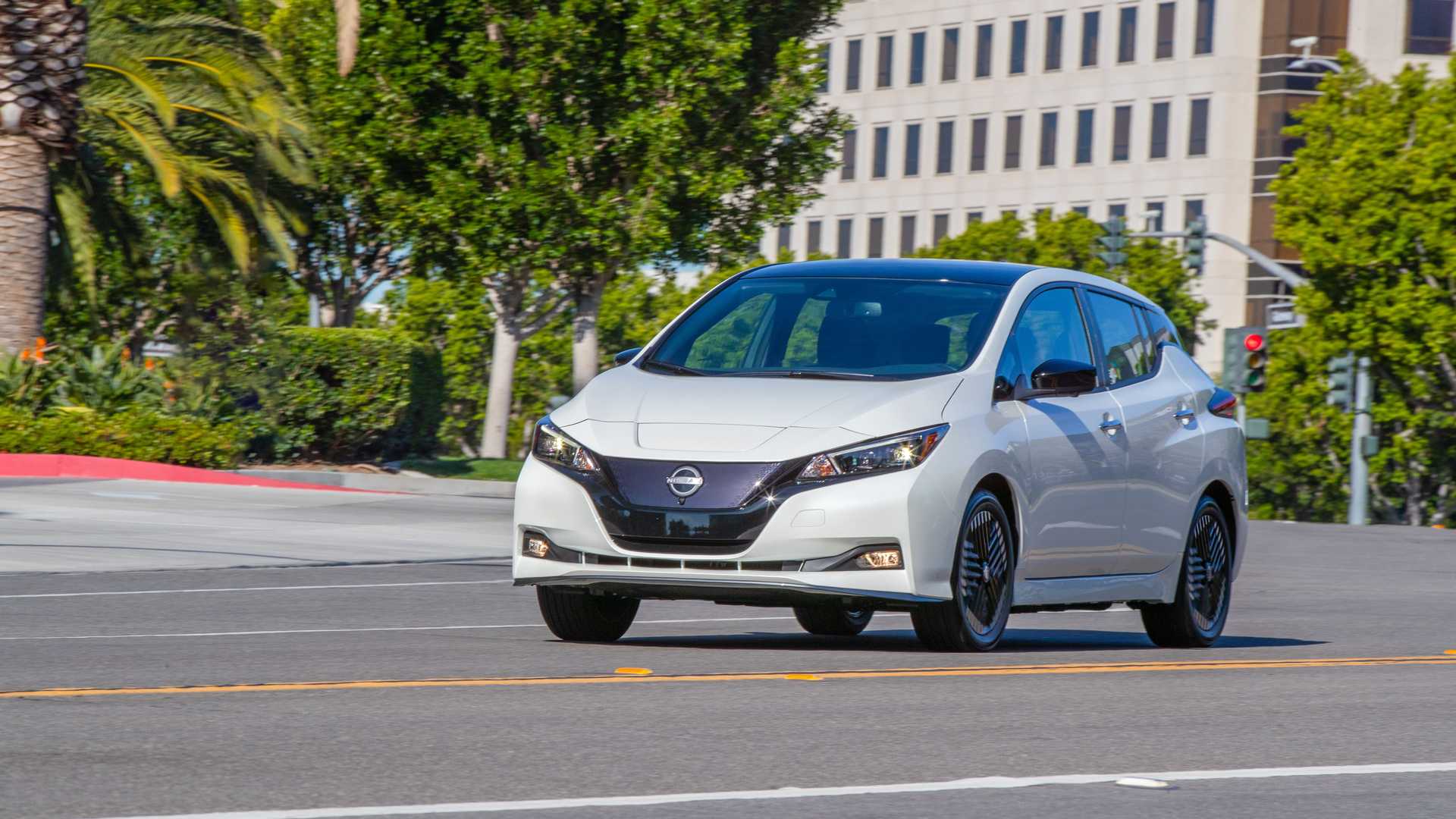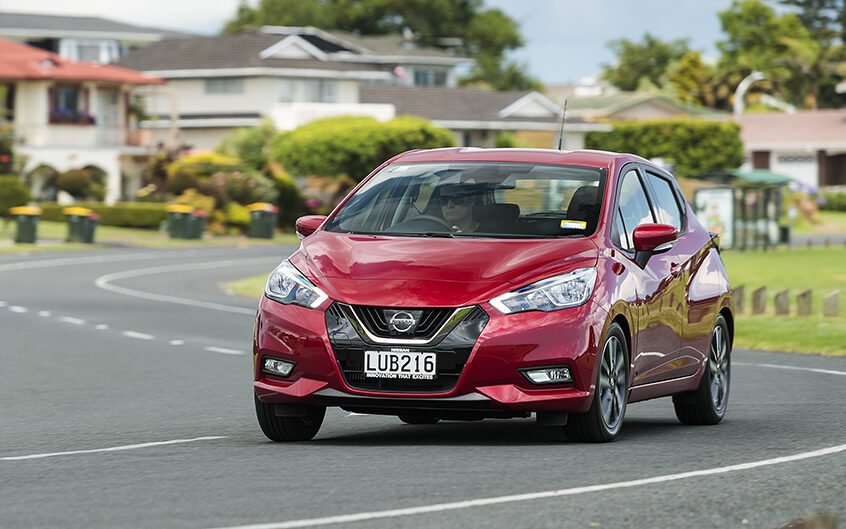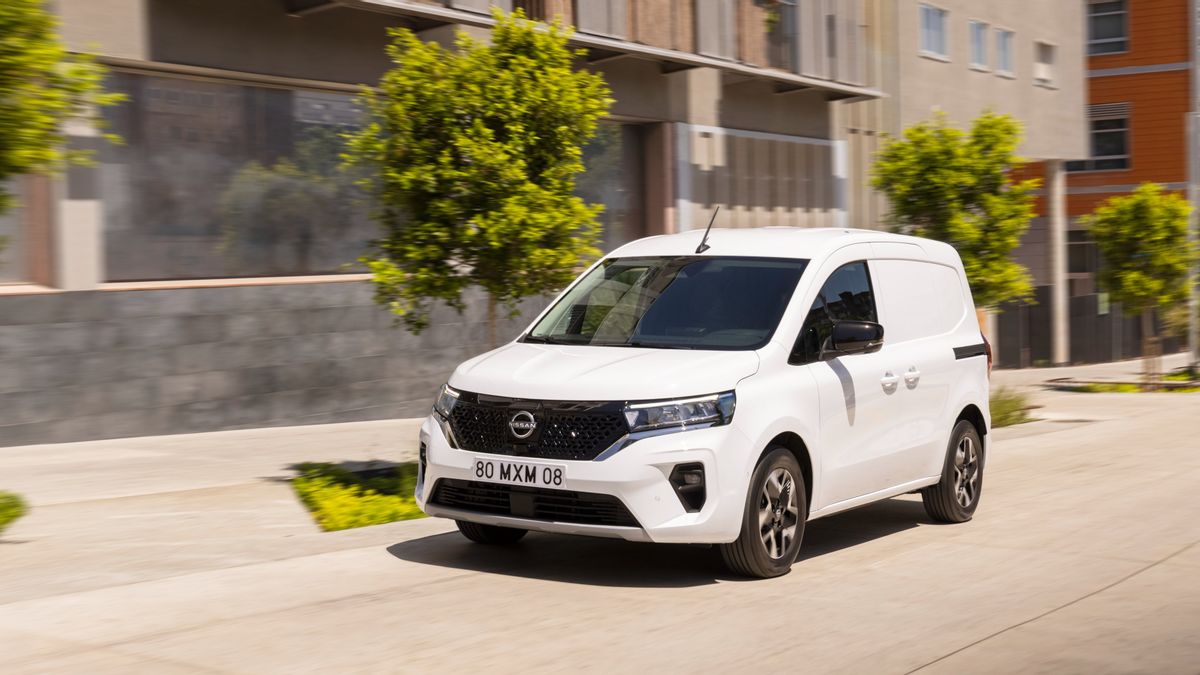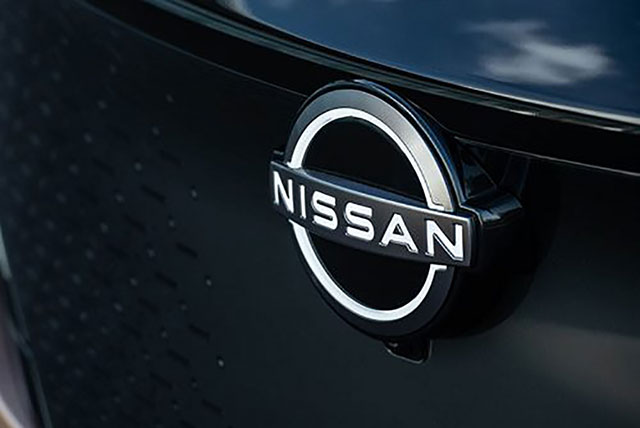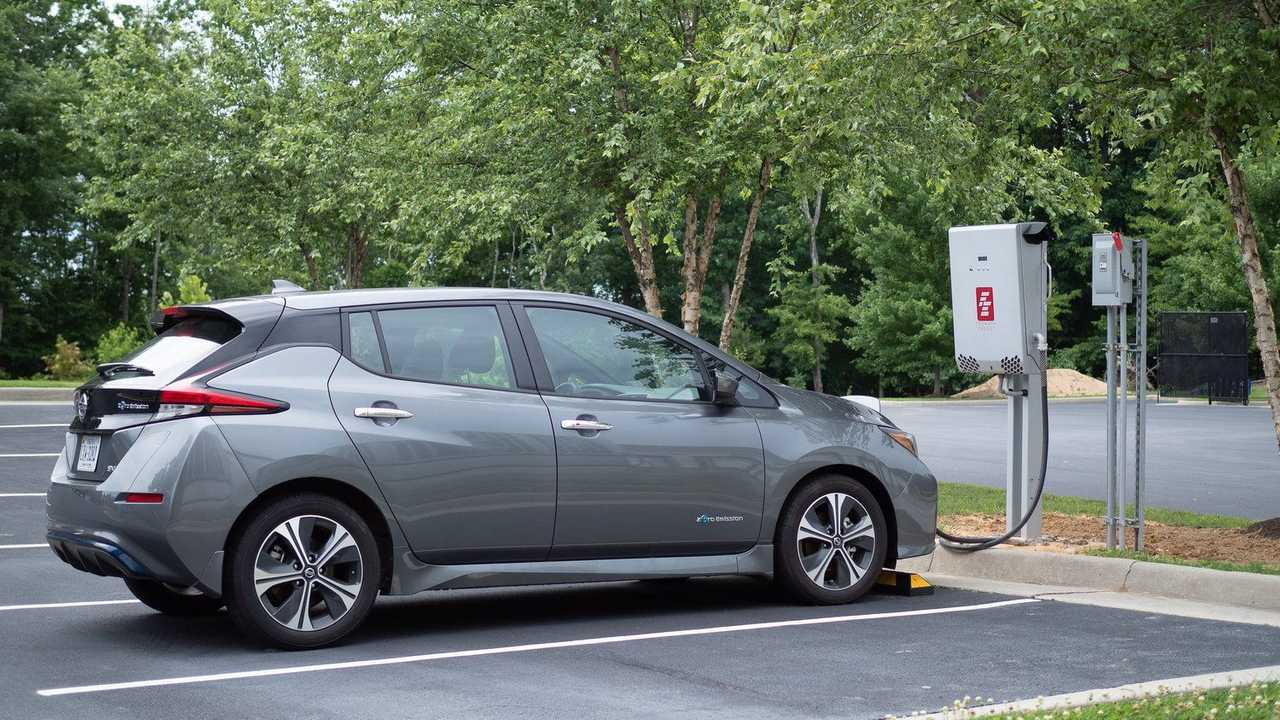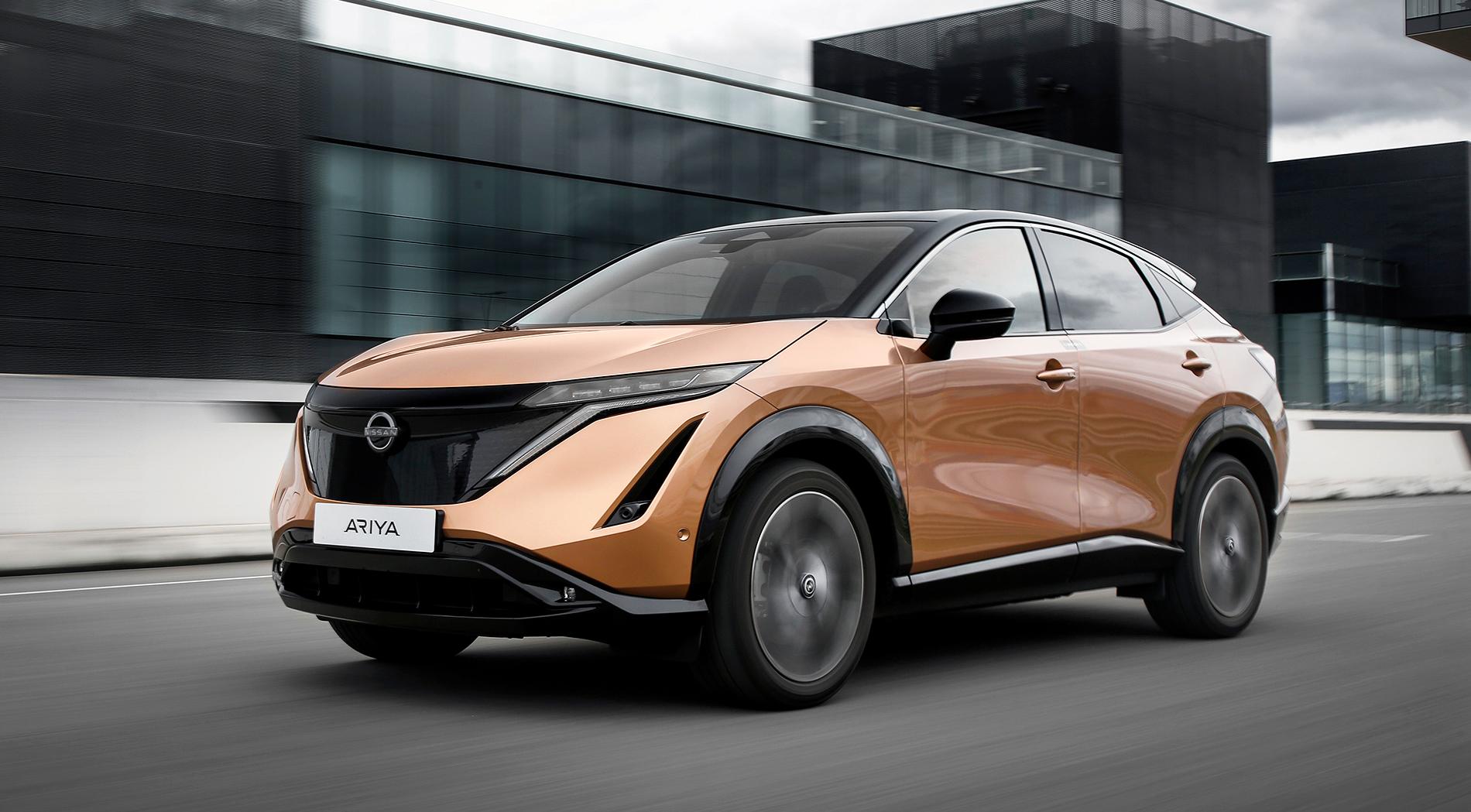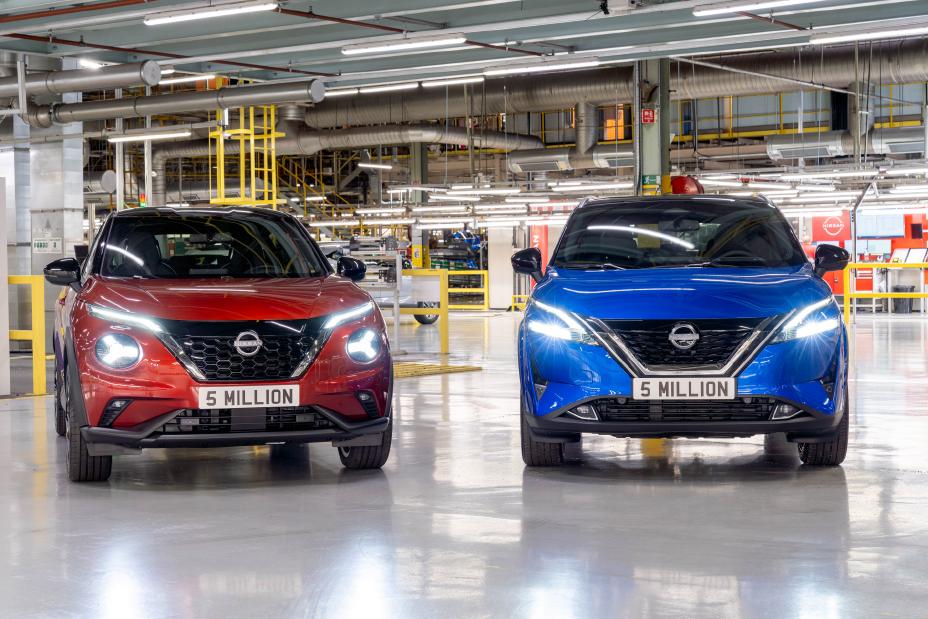In the world electric car market, the Nissan Leaf is one of the most popular when it comes to sales figures. More than half a million Leaf units have been sold worldwide since the first generation was launched in 2011.
In addition, Leaf is also a pioneer of electric car models produced by mainstream manufacturers and sold in bulk. We think the Leaf is an electric car that is ideal for daily mobility needs in urban areas.
On paper, what the Leaf has is not exactly superior to today’s electric cars. The specifications tend to be simple, but are sufficient for the needs of everyday driving with an electric car. Especially with its compact and practical dimensions to drive in dense urban areas.
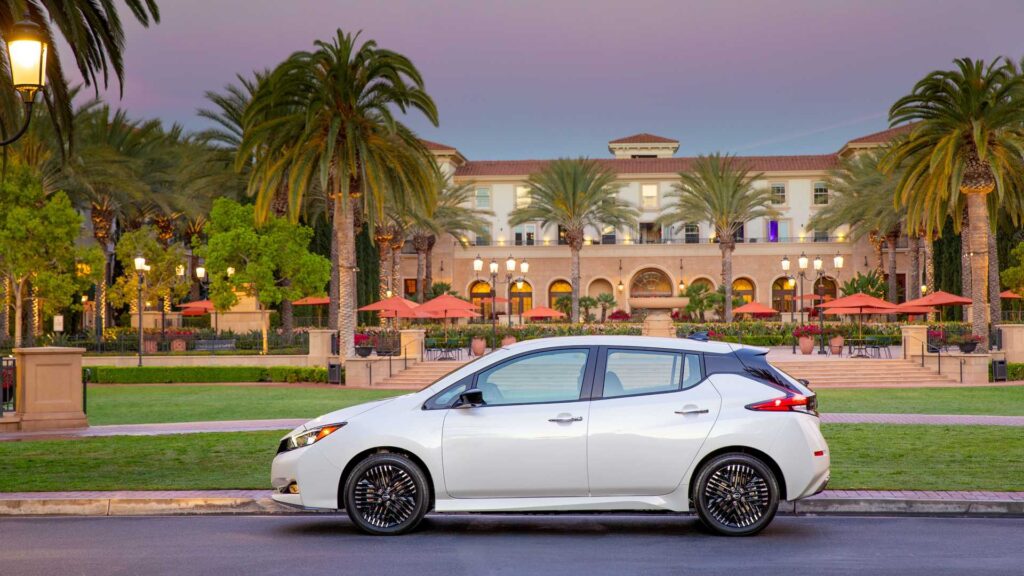
With one full charge, the Nissan Leaf battery has a capacity of 40 kWh and is claimed to be able to travel a distance of up to 311 kilometers according to WLTP testing. The distance is more than 300 km with a note when the battery is 100%, the Leaf is driven with the AC condition not working. So once the AC is turned on, the mileage number on the indicator decreases. This applies if more and more features are used during driving, unless you activate Eco driving mode.
But when compared, we feel the sitting position in the Leaf’s driver’s seat is higher. It’s a bit odd indeed, but at least this position provides wider visibility to the front and sides.
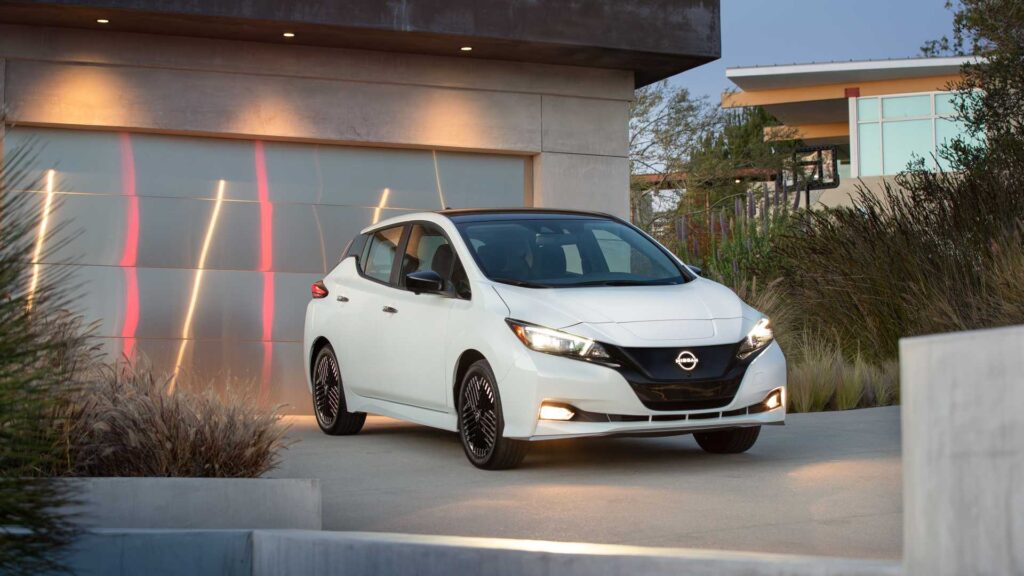
The EM57 synchronous motor used by the Nissan Leaf produces 148 hp and 320 Nm of torque. It should be more than enough for urban driving. Although the torque is fairly large, this car actually goes linearly from the start when it is invited to accelerate. The character can still be said to be smooth, so it will be easy for drivers who are new to electric cars to adapt to it.
While feeling the smooth delivery of torque from the smooth electric motor, the practicality of the Nissan Leaf for mobility is also given by the light steering wheel.
The cabin of the Nissan Leaf is no stranger to its design compared to conventional engine cars made by this manufacturer. Everything is easy to reach and operate such as infotainment, air conditioning, and many other features. Nissan didn’t try to make it seem as sophisticated as most gimmicks. The only difference is how to operate the transmission lever, which is like a joystick.
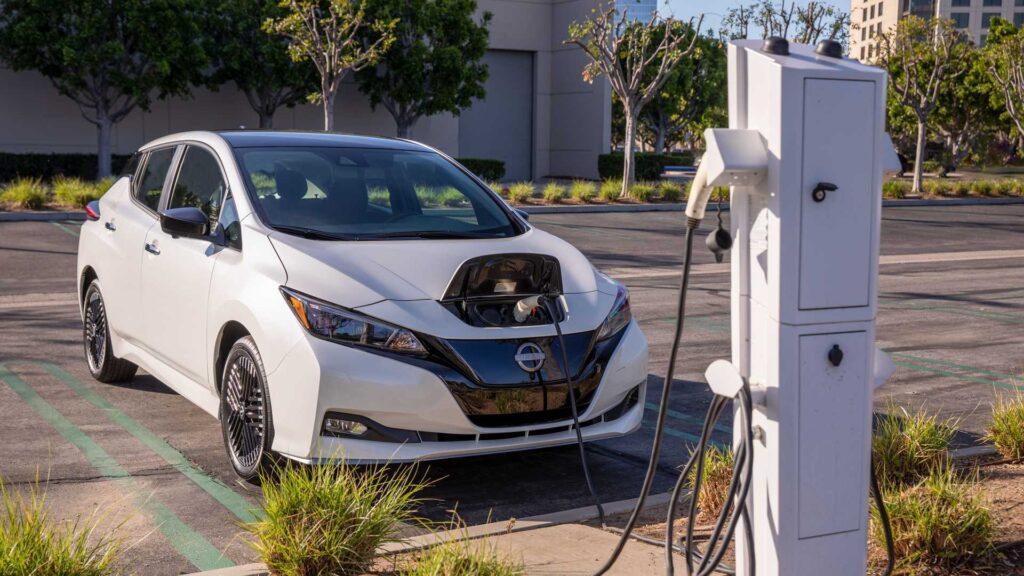
Apart from the fact that the electric motor does not produce vibrations and noise, the silence of the Leaf when driving also provides a calm feel from inside the cabin. We can still feel the speed of the electric motor from the ringing sound produced as the speed increases.
If you compare the completeness of the features of the latest Nissan Leaf electric car, on paper you can say it is not complete. But at least the features that are present in this hatchback are quite adequate, even filling a checklist of what features are really needed to drive comfortably in the city.
For example, for the driver, we can only choose Normal or Eco driving mode. Nissan didn’t design it to be a car to drive, even though the torque is up to 320 Nm. So we can only choose between wanting to drive normally, or wanting to save electricity in the battery.
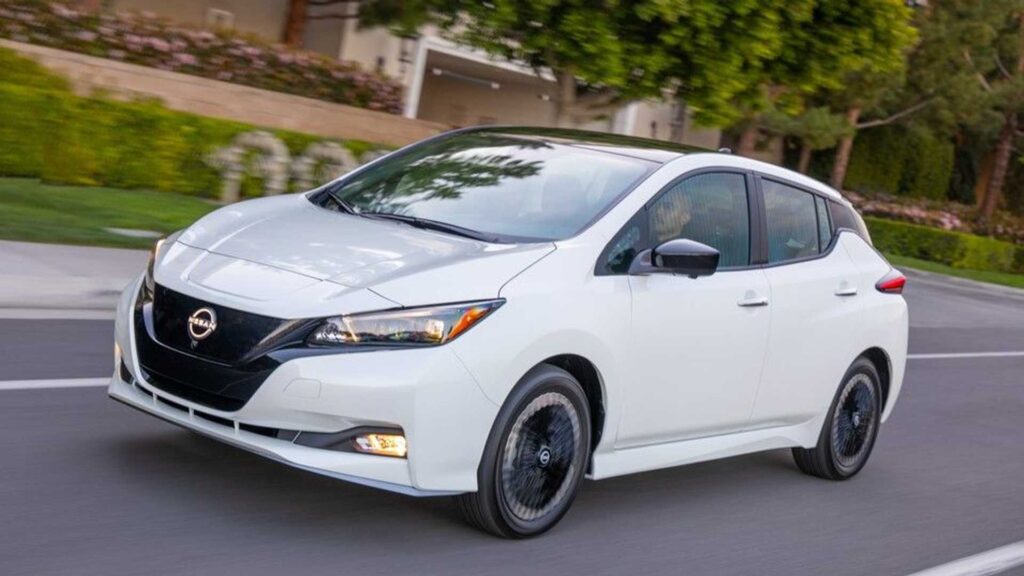
Activation of Eco mode will simultaneously turn on the E-Pedal feature in this car. Yes, that’s the label for the regenerative braking feature on the Nissan Leaf, which can be used to recycle energy from the deceleration process in order to save the battery. E-Pedal also has no operating level, so we can only choose this feature on or off. Can also be used in Normal mode. This feature makes driving easier, by making the deceleration effect stronger when the gas pedal is released, so there is no need to use the brake pedal to reduce speed even to a stop.
Infotainment is quite adequate. It supports Apple CarPlay and Android Auto to prevent boredom on the go. The screen in the center of the dashboard is also integrated with a 360-degree camera to help see around the car in case it is going to be parked in a dark place or maneuvering on a narrow street. Meanwhile, battery charging management can be accessed from the MID (multi information display) that accompanies the analog speedometer.
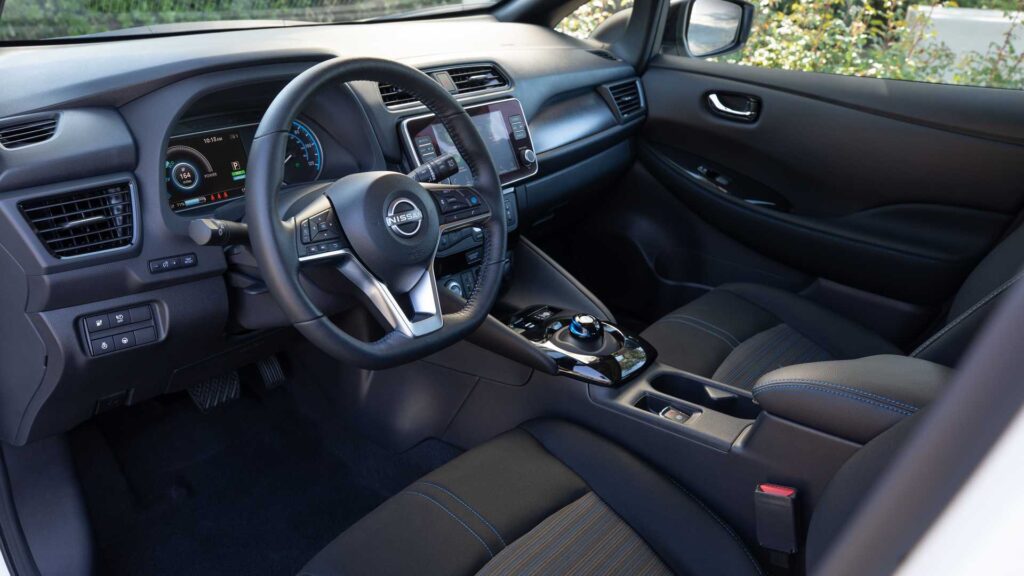
Sunroof or panoramic roof is not available, but it doesn’t matter because it will rarely be used. At least it can help the air conditioner not to be installed too tight or cold, which results in more efficient electricity consumption.
The safety features on the Leaf are not complete, especially when it comes to ADAS (advanced driver assist system). The active features that are present are Forward Collision Warning and Forward Emergency Braking, which will prevent a potential collision with the vehicle in front if we are too late to brake. Cruise control is also not adaptive. There is nothing like lane keeping assist, blind spot warning, rear cross traffic alert, and so on that can interfere with driving comfort if you give too many warnings.
The list of features that the Nissan Leaf has is not as complete as other electric cars. But what is already available in this car is enough to support the essential needs of daily driving, even to maintain the comfort and enjoyment of driving.
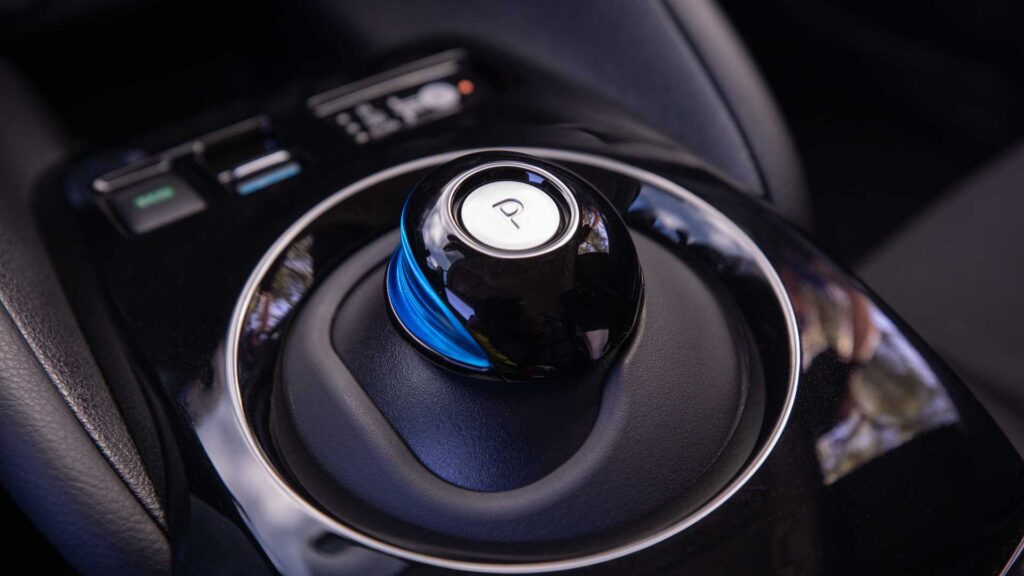
So don’t be surprised if the Nissan Leaf can become an electric car with very high sales globally. The driving character is practical and quite fun. The features are quite accommodating and meet the essential needs while driving. But how efficient it is in terms of energy consumption, we will discuss later.

